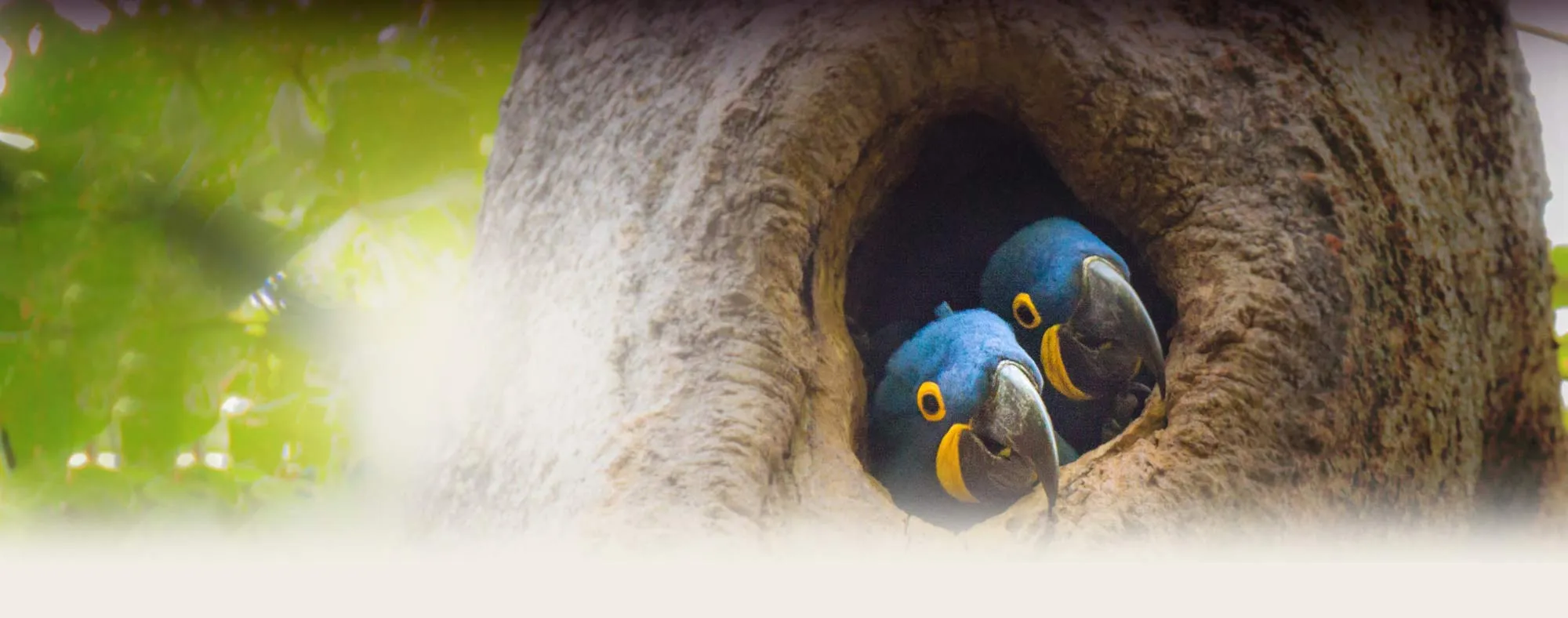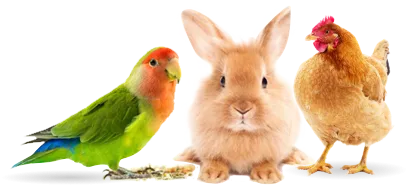Bringing home a baby cockatiel alongside your budgies raises a common question among pet bird owners: can cockatiels and budgies eat the same pellets? If you’re looking to simplify feeding routines while ensuring balanced nutrition, the answer is yes. Expert advice from avian nutritionists confirms that budgie pellets work well for cockatiels, making it a practical choice for multi-bird households. This guide explores the formulation, benefits, and tips to optimize your birds’ diets for long-term health.
Pellet Formulation: What’s the Same and What’s Different?
Pellets are a cornerstone of pet bird nutrition, designed to mimic the balanced diet wild birds get from seeds, grains, fruits, and veggies. The key insight is that pellets for cockatiels and budgies share the identical nutritional profile. Both contain essential vitamins, minerals, proteins, and amino acids tailored for small to medium parrots.
The primary difference? Pellet size. Budgie pellets are smaller, suiting their petite beaks, while cockatiel pellets are slightly larger for easier consumption. However, a young cockatiel already accepting budgie pellets—as in your case—can thrive without issues. This uniformity stems from standardized formulas by reputable brands like Lafeber, ensuring complete nutrition without the nutrient gaps common in seed-only diets.
Loose seeds often lose vitamins during hulling and storage, but pellets grind and fortify them for bioavailability. Starting birds on pellets early promotes lifelong healthy eating habits.
 Bird community image showing various pet birds interacting
Bird community image showing various pet birds interacting
Why Unified Feeding Works for Cockatiel and Budgie Households
Feeding the same pellets streamlines care, reduces waste, and fosters flock harmony. Cockatiels, slightly larger than budgies, have similar dietary needs: high energy from carbs, protein for feather growth, and calcium for bone health. Studies from avian vets show no nutritional deficiencies when using appropriately sized pellets across species.
In practice, many owners report vibrant plumage, steady weight gain, and playful energy in mixed flocks. Monitor intake—budgies eat less (about 1-2 teaspoons daily), while cockatiels need 2-3 teaspoons. Adjust portions to prevent obesity, a common issue in captive birds.
For budgie-specific concerns like respiratory health, a solid pellet base supports immunity. If you notice signs of illness, such as feather plucking budgie behavior, review diet first—poor nutrition often triggers stress-related plucking.
Elevating Diets with Foraging Options
While pellets provide 70-80% of the diet, foraging foods add variety and mental stimulation. Lafeber’s Nutri-Berries, Avi-Cakes, and Pellet-Berries use whole, hulled seeds blended with pellets’ nutrients. These aren’t “junk food” alternatives; they’re pellet equivalents in chunk form, encouraging natural beak use.
Offer them alongside pellets: scatter in toys for 20-30 minutes daily. This prevents boredom, a factor in healthy budgie beak maintenance, as foraging strengthens jaw muscles. Budgies and cockatiels love the texture, mimicking wild foraging.
Fresh veggies (kale, carrots) and fruits (apples, berries) round out meals—10-20% of intake. Avoid avocado, chocolate, and caffeine, which are toxic.
 Newsletter subscription image featuring birds and small animals
Newsletter subscription image featuring birds and small animals
Addressing Common Nutrition Myths and Health Ties
Myth: Seeds alone suffice. Reality: They’re incomplete without supplementation, leading to deficiencies like weak bones or dull feathers. Pellets solve this by balancing macros and micros.
Tie diet to overall wellness. For colds or infections, a nutrient-rich base aids recovery—consider budgie medicine for cold only after vet consult. Broader parrot health care emphasizes consistent nutrition.
Experience from avian experts: Birds on mixed pellet-foraging diets live longer, with fewer vet visits. Consult a vet for personalized plans, especially for weaning babies.
Conclusion: Simplify and Optimize Your Birds’ Nutrition
Yes, cockatiels and budgies can safely share the same pellets, thanks to matching formulations and adjustable sizes. Combine with foraging diets for complete, engaging nutrition that supports vitality. Prioritize fresh water, 12-hour light cycles, and annual check-ups.
Ready to enhance your flock’s health? Explore our Bird Food Guide and consult a avian vet today. Share your multi-bird feeding tips in the comments!
References
- Lafeber Company: Pet Bird Nutrition
- Avian Veterinary Guidelines: Pellet-based diets for parrots (Association of Avian Veterinarians)
